Global electric vehicle revolution by 2020
Every major auto maker is developing or has developed an electric vehicle for launch in the next three years
Transportation accounts for more than 25% of worldwide greenhouse gas
(GHG) emissions, making it the second largest contributor of GHG
emissions after the energy sector. Worse, GHG emissions from road
transportation have grown 30% since 2005 and show no sign of declining.
Hence, reducing transportation emissions is one of the most vital steps
in fighting global warming.
To cut GHG emissions drastically, and
maximize renewable energy adoption, we have to replace the internal
combustion engine (ICE) with hybrid, plug-in hybrid and electric
vehicles (EVs). By flipping the switch to electrified transportation, we
can drive climate solutions.
Evolution of the EV industry
Electric vehicles are cleaner than petroleum-fuelled vehicles and are
seen as a promising solution to global warming. While several starts and
stops of the EV industry in the second half of the 20th century helped
show the world the promise of the technology, two turning points led to
the true revival of the EV.
The first was the introduction of the
Toyota Prius in Japan in 1997, which became the world’s first
mass-produced hybrid electric vehicle after its global release in 2000.
Second came the announcement in 2006 that a small Silicon Valley
start-up, Tesla Motors Inc., would start producing a luxury electric
sports car that could go more than 200 miles on a single charge. Tesla
has won wide acclaim for its cars and is now the largest auto industry
employer in California. It sold over 50,000 Model S sedans in 2015, up
52% year-on-year and a new annual sales record in the EV industry. Model
S sales grew 45% in the first quarter of 2016 from a year earlier.
EV market share was just 1.4% in March 2016. However, the unsubsidized
total cost of ownership of EVs is likely to fall below that of ICE
vehicles by 2020. The widespread adoption of EVs in the succeeding
decades, due to price competitiveness and a strong regulatory and
incentive framework, would boost overall EV market share to 25% by 2040,
according to Bloomberg New Energy Finance.
In terms of market
share, no country can compare with Norway, where one in three vehicles
(33.1%) registered is plug-in electric. India and China, the emerging
economic powers, which are primarily driven by coal and oil, have also
strengthened their cooperation in clean energy technologies, renewable
energy, EVs and low-carbon urbanization.
China has sold 100
million electric motorbikes and scooters so far, the world’s largest
vehicle electrification success to date, by quite some distance. The
Chinese make 30 million every year and only 8% are exported. China has
also sold almost 200 million e-bikes by now. India is working on a
scheme to provide electric cars on zero down-payments for which people
can pay out of their savings on expensive fossil fuels, for becoming a
100% EV nation by 2030, as per a recent statement by power minister
Piyush Goyal.
On a global level, even though EVs like the Tesla
Model S, Nissan Leaf and Chevrolet Volt are mature product offerings
that fit into a lot of people’s lifestyles, we are still in the
“innovator” phase of the product adoption curve. When we hit the latter
stage of the “early adopters” phase, we will see a noticeable downward
pressure in oil sales resulting from EVs by 2020.
Impact on oil industry
From 2011 to 2013, US oil production surged almost 50% due to fracking
of shale oil. Typically, in that situation, Opec countries would control
their production to keep prices high. But Opec declined to do that,
resulting in a supply glut and a fall in oil prices. After a brief
recovery in 2015, prices kept going down, eventually under $30 a barrel.
What precipitated all this was about 2 million barrels a day of surplus
supply, over and above demand.
In 2015, EV sales grew by about
60% worldwide. (As a comparison, solar photovoltaic panels are following
a similar curve at around 50% growth each year.) At this rate, EVs
would displace 2 million barrels a day by 2020. When that happens, EV
adoption is likely to accelerate, driving economies of scale that hasten
it even further. A large volume of oil will go unused. And long before
global oil use declines in large absolute terms, it will decline enough
to substantially affect the prices.
Top challenge
The
primary reason for the current high prices of EVs is the expensive
battery. Batteries account for a third of the cost of building an EV.
Costs for lithium-ion batteries have plummeted from $750 per kWh in 2010
to $350 per kWh in 2016, a 65% reduction. With three
multi-trillion-dollar industries—information technology/electronics,
automotive and energy investing in battery storage, by 2020, battery
costs are likely to fall to $100 per kWh, or less than half of present
levels. From there, costs will continue to decline. These costs,
alongside technological innovations, have a direct correlation with the
EV pricing. For example, the base price of the Tesla Roadster in the US
was $109,000 in 2010 while the price of the upcoming Model 3 is targeted
at $35,000 (Rs.18-25 lakh in India), signifying a steep drop in vehicle
price with battery costs.
Government as catalyst
For EVs
to achieve widespread adoption, governments will have to launch strong
incentive programmes that will bring down car prices and spur consumer
adoption of the technology.
In the Indian scenario, the
government should provide the initial user base and demand to help
technologies cross the chasm. The government could consider making all
new government and corporate vehicles electric. Eventually, all police
cars and other municipal vehicles can also be made electric. This would
force government buildings to install EV infrastructure, and hopefully
create a large enough ecosystem for the maintenance market in petrol
pumps and service shops to take off.
With less than 50 motor
vehicles per 1,000 people in India, cars and other means of transport
from aggregator companies such as Ola Cabs are projected to become the
major use of transportation in India by 2020. India imposes 60% customs
duty on import of completely built electric cars that are priced less
than $40,000 (a Rs.23 lakh priced Tesla Model 3 will cost Rs.37 lakh if
imported).
Although some organizations in India are working hard
to help India switch to electric transportation, utilizing what Tesla
and other EV manufacturers have to offer will save a lot of time. The
government’s EV programme should waive taxes and customs on such
vehicles, at least until the local manufacturers catch up with the
technology. This, in addition to the recently launched FAME (Faster
Adoption and Manufacturing of Hybrid and Electric vehicles) programme
will act as a distinct incentive at least to the drivers who drive on
aggregator companies to buy/operate these cars.
Three major
shifts are happening. First, auto makers like BMW, Volkswagen AG,
General Motors Co., Daimler AG, Ford Motor Co., Tesla and others have a
solid vision to run EVs on renewables and realize green manufacturing is
good for business and reduces costs. Second, the auto industry is
evolving toward EVs as every major original equipment manufacturer (OEM)
is developing or has developed an EV to launch in the next three years.
Third, auto manufacturers are adapting renewable energy to power OEM
plants all over the world with solar and wind technologies.
Moreover, since 2013, the world has been adding more electricity
generating capacity from wind and solar than from coal, natural gas and
oil combined. It is anticipated that the 2020s will be the decade of the
electric car and a step forward towards a clean environment for the
next generation.



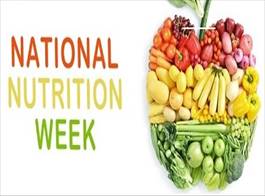
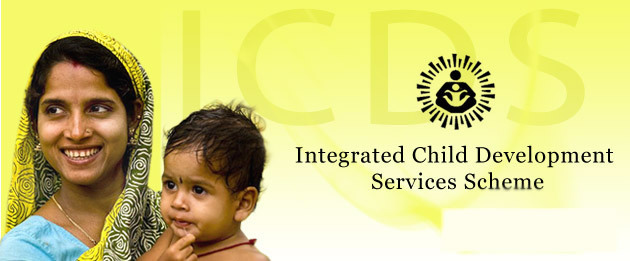
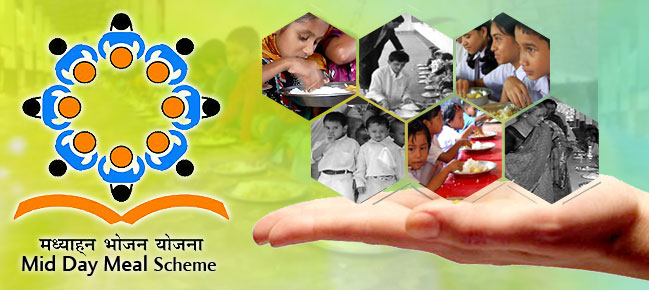
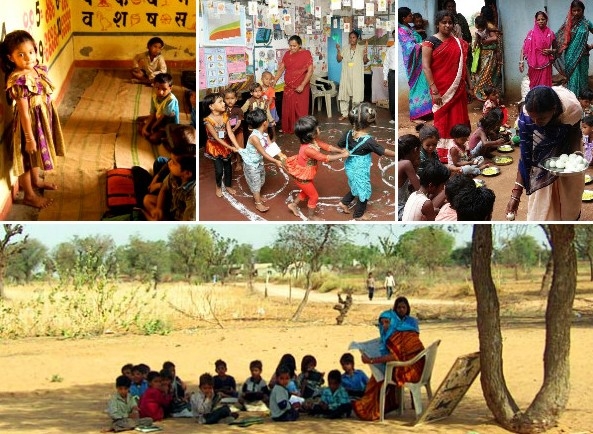
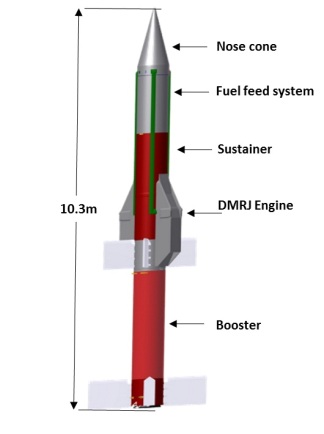 an assisted take off by a rocket to accelerate it to a speed where it begins to produce thrust. It has been found that scramjet engines work most efficiently at supersonic speeds between Mach 3 and Mach 6. A ramjet engine on the other hand can work at subsonic speed. Both ramjet and scramjet engines use atmospheric oxygen as oxidizer. While exit flow from the inlet of a ramjet engine is subsonic that from a scramjet engine is supersonic. The word Mach comes from Ernst Mach, a brilliant 19th century scientist whose most famous contribution was in the area of the speed of sound. Mach 1 means the speed of sound that is 1195 km/hr in air. A rocket flying at Mach 1 speed means it is going at the speed of sound in a particular medium say air. Mach 2 means twice the speed of sound.
an assisted take off by a rocket to accelerate it to a speed where it begins to produce thrust. It has been found that scramjet engines work most efficiently at supersonic speeds between Mach 3 and Mach 6. A ramjet engine on the other hand can work at subsonic speed. Both ramjet and scramjet engines use atmospheric oxygen as oxidizer. While exit flow from the inlet of a ramjet engine is subsonic that from a scramjet engine is supersonic. The word Mach comes from Ernst Mach, a brilliant 19th century scientist whose most famous contribution was in the area of the speed of sound. Mach 1 means the speed of sound that is 1195 km/hr in air. A rocket flying at Mach 1 speed means it is going at the speed of sound in a particular medium say air. Mach 2 means twice the speed of sound.